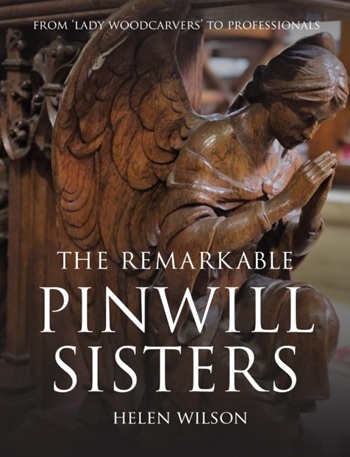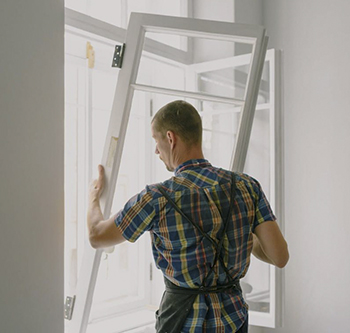Sound reduction index (SRI)
The sound reduction index (SRI, or sometimes just R) is a measure of the reduction in the intensity of sound when it passes through part of a building; in other words, the level of sound insulation provided. It is the difference between the sound intensity that hits one side of an object (such as a wall, door, window, partition and so on) and the sound intensity measured on the other side, expressed in decibels (dB).
When sound hits the surface of a material, some will be reflected, some will be absorbed by the material and some will be transmitted through it. By determining the SRI, the effectiveness of the element as an insulator (the amount of sound that it has prevented from passing from one side to another) can be assessed.
SRI is defined in the series of international standards ISO 16283 (parts 1-3). Standard testing methods, both in laboratory and field environments, have been established for measuring SRI.
In the USA, the sound transmission class rating is typically measured as the Noise Reduction Coeffiecient (NRC). This measurement is in the process of transitioning to the Sound Absorption Average (SAA).
NB Approved document E: Resistance to the passage of sound, 2003 edition incorporating 2004, 2010, 2013 and 2015 amendments, defines sound reduction index (R) as: ‘A quantity, measured in a laboratory, which characterises the sound insulating properties of a material or building element in a stated frequency band. See BS EN ISO 140-3:1995.’
[edit] Related articles on Designing Buildings
Featured articles and news
The Remarkable Pinwill Sisters: from ‘lady woodcarvers’ to professionals. Book review.
Skills gap and investment returns on apprenticeships
ECA welcomes new reports from JTL Training and The Electrotechnical Skills Partnership.
Committee report criticises UK retrofit schemes
CIOB responds to UK’s Energy Security and Net Zero Committee report.
Design and construction industry podcasts
Professional development, practice, the pandemic, platforms and podcasts. Have we missed anything?
C20 Society; Buildings at Risk List 2025
10 more buildings published with updates on the past decade of buildings featured.
Boiler Upgrade Scheme and certifications consultation
Summary of government consultation, closing 11 June 2025.
Deputy editor of AT, Tim Fraser, discusses the newly formed society with its current chair, Chris Halligan MCIAT.
Barratt Lo-E passivhaus standard homes planned enmasse
With an initial 728 Lo-E homes across two sites and many more planned for the future.
Government urged to uphold Warm Homes commitment
ECA and industry bodies write to Government concerning its 13.2 billion Warm Homes manifesto commitment.
From project managers to rising stars, sustainability pioneers and more.
Places of Worship in Britain and Ireland, 1929-1990. Book review.
The emancipation of women in art.
Call for independent National Grenfell oversight mechanism
MHCLG share findings of Building Safety Inquiry in letter to Secretary of State and Minister for Building Safety.
The Architectural Technology Awards
AT Awards now open for this the sixth decade of CIAT.
50th Golden anniversary ECA Edmundson awards
Deadline for submissions Friday 30 May 2025.
The benefits of precast, off-site foundation systems
Top ten benefits of this notable innovation.
Encouraging individuals to take action saving water at home, work, and in their communities.























